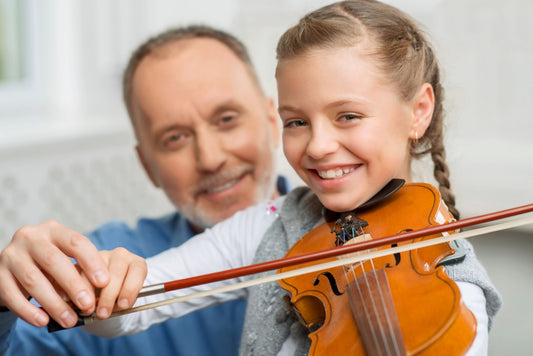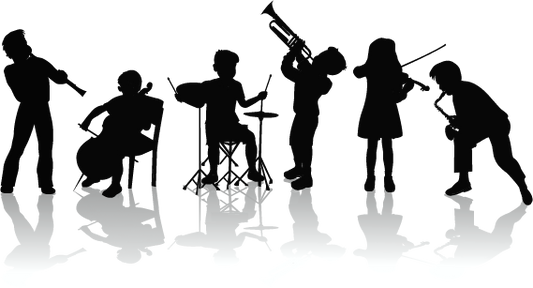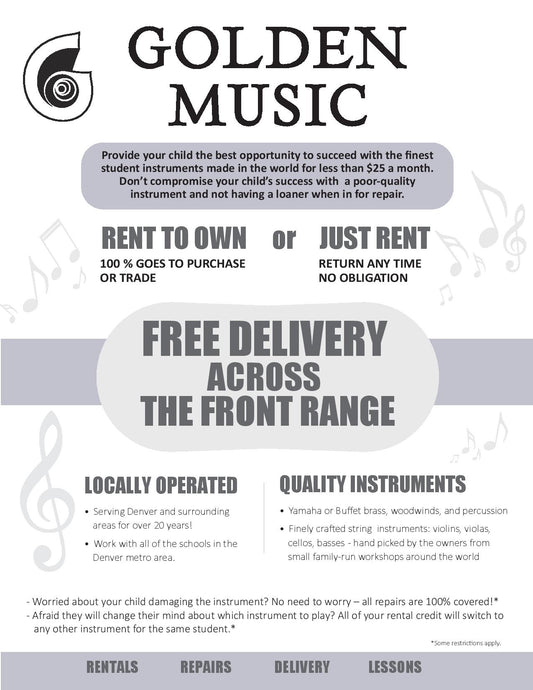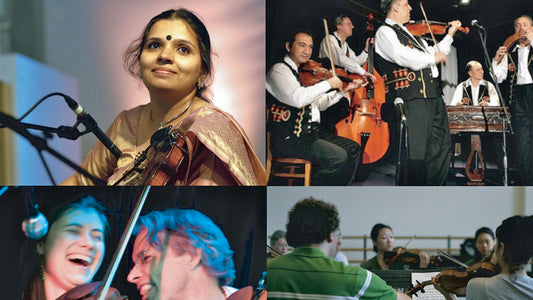Music Music Music

How to Choose A Private Music Teacher
When it comes time to select a music teacher, you will need to consider whether you’d rather have your child take in-home lessons or lessons at a music academy. There...
How to Choose A Private Music Teacher
When it comes time to select a music teacher, you will need to consider whether you’d rather have your child take in-home lessons or lessons at a music academy. There...

The Importance of Recitals
Giving an adult or child music student the opportunity to perform on stage every six months is extremely beneficial to the learning process. These performances can play a big role...
The Importance of Recitals
Giving an adult or child music student the opportunity to perform on stage every six months is extremely beneficial to the learning process. These performances can play a big role...
Can Astronauts Play Musical Instruments in Space?
Can astronauts play musical instruments in space? Have any astronauts ever played any musical instruments in space in a spacecraft? Is it possible to play any instruments that you blow in...
Can Astronauts Play Musical Instruments in Space?
Can astronauts play musical instruments in space? Have any astronauts ever played any musical instruments in space in a spacecraft? Is it possible to play any instruments that you blow in...

Need An Instrument - Not Much Time to Handle th...
-I don’t have time to research instruments or find out what’s best. I need this taken care of for me but I want to trust that my child is getting...
Need An Instrument - Not Much Time to Handle th...
-I don’t have time to research instruments or find out what’s best. I need this taken care of for me but I want to trust that my child is getting...
Quality Musical Instruments and What They Can G...
-A quality instrument costs more but it saves money in the long run and it will make you practice more because the sound and feel of holding it is more...
Quality Musical Instruments and What They Can G...
-A quality instrument costs more but it saves money in the long run and it will make you practice more because the sound and feel of holding it is more...

Violin Around the World - A New Documentary Com...
...Besides the human voice, there is no musical instrument as flexible and adaptable as the violin. Countries as far afield as Egypt and the USA, Sweden and India, Turkey and...
Violin Around the World - A New Documentary Com...
...Besides the human voice, there is no musical instrument as flexible and adaptable as the violin. Countries as far afield as Egypt and the USA, Sweden and India, Turkey and...
